Our Research Topics
- non-invasive clinical diagnostic tools
- sensor system development for precision agriculture
- novel microelectromechanical (MEMS) devices
- nanotechnology manufacturing methods
- biodefense applications
- new materials for MEMS/NEMS applications
- mechanical and bioinstrumentation design
- bioinformatics and machine learning approaches for data analysis
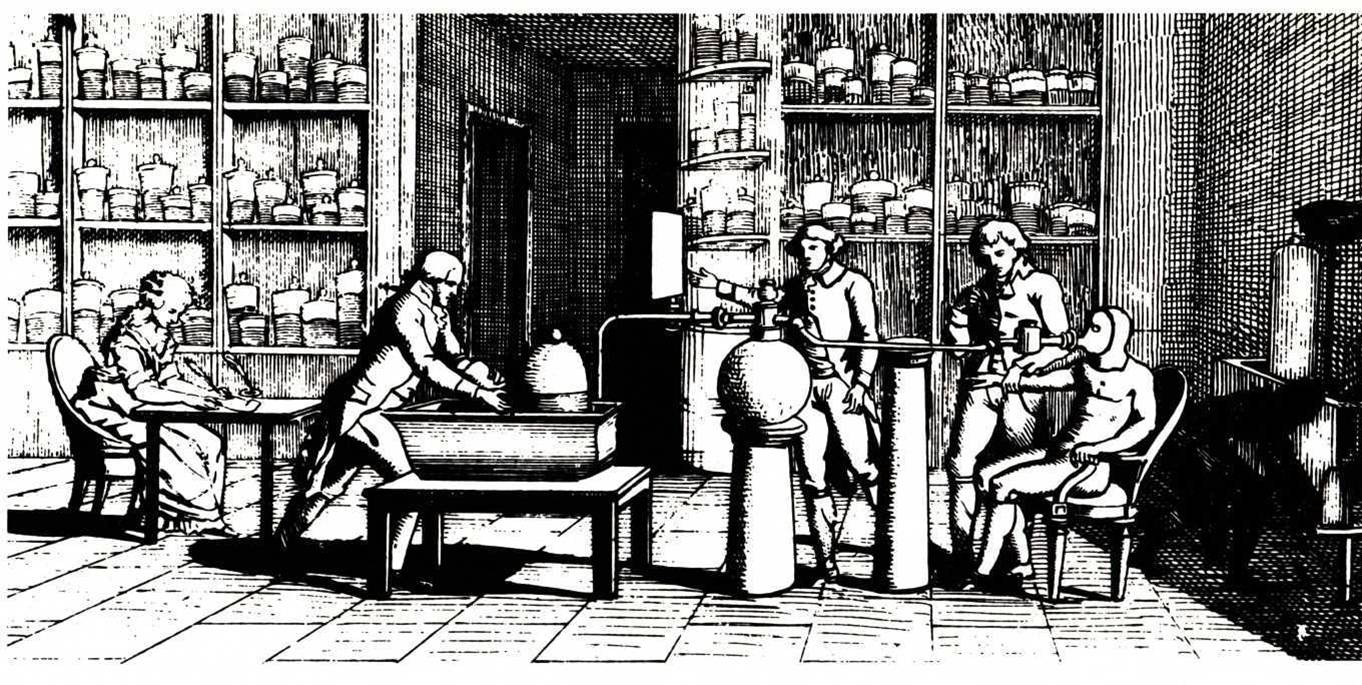
Non-Invasive Clinical Diagnostic Tools
The field of breath analysis is an emerging area dedicated to developing tools for metabolite identification in exhaled breath. As humans exhale, we breath out thousands of small metabolite chemicals over time. While some of these compounds are related to food we ate or gasses we inhaled... a large fraction are physiological end point markers of human metabolism. They change with disease, and we can exploit these compounds as markers of health.
Our group has several clinical trials to determine disease-specific breath biomarkers underway, and also parallel device development to exploit these markers.
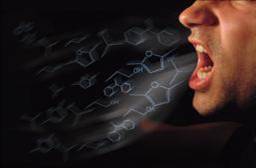
The totally non-invasive nature of breath diagnostics makes it very appealing for routine and rapid testing in the clinical point-of-care setting. We can not only diagnose health status, we can also chart patient response to therapy. Our goal is to construct microsystems for breath analysis, and to identify specific breath biomarkers of lung and systemic diseases. By looking at groups of compounds as a "fingerprint" of disease, we hope to one day provide an electronic chemical sensor system capable of routine breath biomarker monitoring. It's likely that bioinformatics approaches are needed to deconvolve complicated sensor outputs, and ideally we would like our system output to be extremely simple (e.g. red light = sick; yellow light = more testing needed; green light = healthy).

In one of our prior studies, we examined the eicosinoid pathway and inflamatory markers in human exhaled breath condensate from normal healthy controls and patients with acute asthma exacerbations. We found that this category of breath metabolites are indeed measurable using ESI/LC/MS/MS approaches, and in the future we can design specific devices to monitor these exact chemicals.
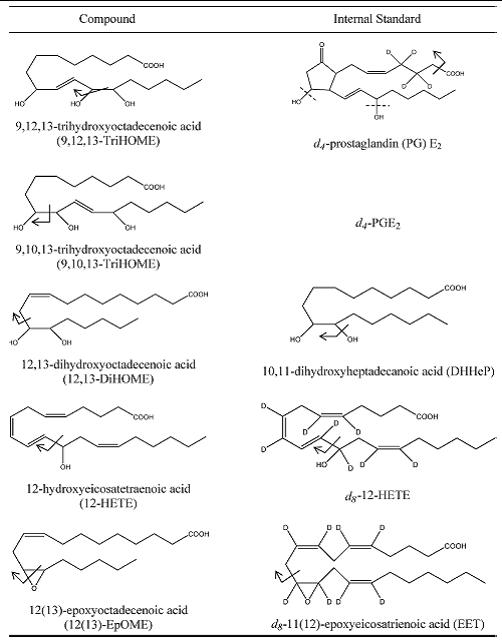
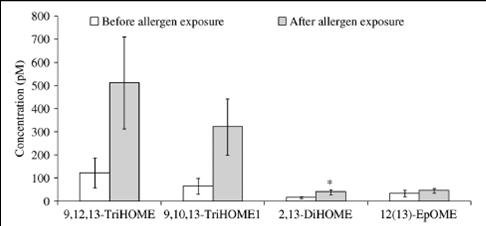
[from our paper: Nording M, Yang J, Hegedus CM, Bhushan A, Kenyon NJ, Davis CE, Hammock BD*. (2010) Endogenous levels of five fatty acid metabolites in exhaled breath condensate to monitor for asthma by high-performance liquid chromatography electrospray tandem mass spectrometry. IEEE Sensors Journal special issue "Sensors for Breath Analysis" 10(1): 123-130.]
Separate device development in our lab has also been on-going. We have developed a miniature GC/DMS sensor system capable of measuring breath volatile organic compounds (VOCs) over time. This MEMS-based sensor instrument has been extremely useful for breath monitoring, and has the potential to be portable and used directly in the clinic.
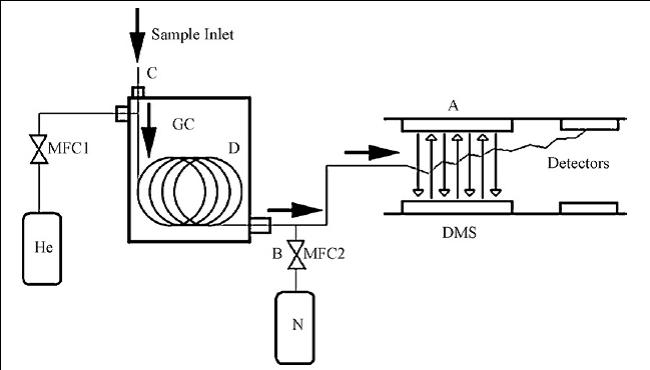
[from our paper: Molina M, Zhao W, Sankaran S, Schivo M, Kenyon NJ, Davis CE*. (2008) Design-of-experiment optimization of exhaled breath condensate analysis using a miniature differential mobility spectrometer (DMS). Analytica Chimica Acta 628: 155-161.]